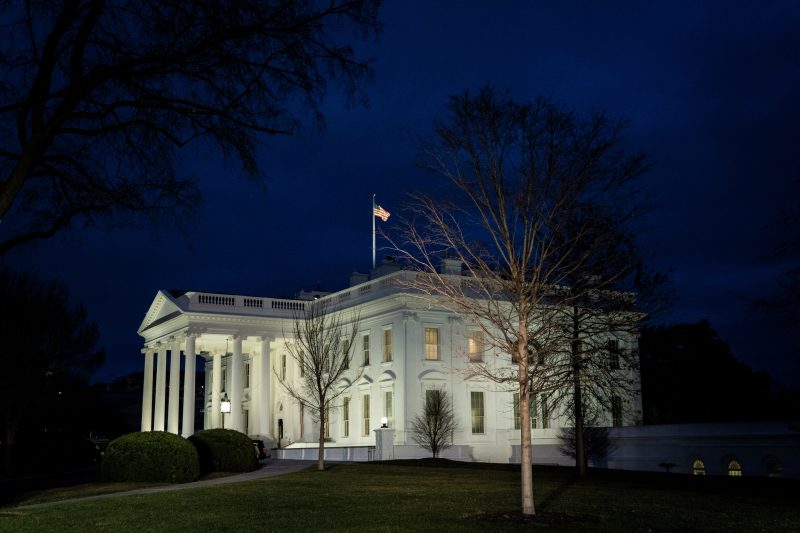Article Body:
The contemporary political environment has been buzzing with opinions, debates, and analyses, with one major focal point being the figure of Donald Trump and his strategy of rhetoric throughout his tenure as the President of the United States. From his high-voltage election campaign in 2016 to his long-drawn fight post the 2020 election, Trump has managed to stir, and arguably, sway public opinion in unprecedented ways. Particularly striking has been the thin veneer over his fascistic rhetoric, as observed by political pundits and critics.
The core of Trump’s political style, distinct, adaptive, and, some argue, manipulative, lies in his mastery over rhetoric. This is a tool that has allowed him to phrase, pitch and angle his ideas in a manner that appeals to a broad base of his followers. However, beneath this rhetoric, critics argue, lies a thinly veiled layer of fascism. Throughout his presidency, instances have arisen where Trump has undermined democratic norms, incited hatred, and propagated omniscient leadership, all of which parallel key elements of fascist ideology.
Primarily, Trump expanded his presidential power beyond constitutional checks and balances. His infamous statement I have the absolute right… is emblematic of his view of presidential authority. Trump’s critics suggest such overtures mimic the fascistic tendency towards centralized, absolute power. His treatment of the impeachment proceedings, his constant criticism of a “rigged” election, and his dismissal of unfavorable news as “fake demonstrate his disregard for democratic functions.
Furthermore, research into Trump’s speeches and his use of language unveils elements of fearmongering and fanning divisive sentiments. His vocal antagonism towards immigrants, minorities, and certain foreign nations resonates with the fascist custom of demonization and scapegoating. This strategic rhetoric has worked to create a them v/s us sentiment amongst his followers, which simultaneously spurs fear and heightens loyalty towards his leadership.
Perhaps most challenging has been Trump’s strategic dismantling of established norms using his leadership rhetoric. Whether it’s the promotion of conspiracy theories, such as the widely debunked ‘birther’ theory about Barack Obama or his handling of the COVID-19 crisis, where he dismissed scientific consensus in favor of his own beliefs, Trump arguably co-opted truth to fit his preferred narrative. This is a hallmark of fascistic tendencies that seek to mold public perception through misinformation.
Trump’s potent rhetoric, however, did not exist in a vacuum. It was fueled by a deeply polarized America, grappling with economic disparity, racism, radicalization, and a loss of faith in its institutions. These factors created a fertile ground for Trump’s rhetoric to take root and flourish. It helped him consolidate a strong, intensely loyal voter base that stood unwaveringly, even in the face of alleged authoritarian tendencies.
In essence, the analysis of Trump’s tenure as President unveils a thin veneer overlaying a patchwork of fascistic rhetoric and strategies. His leadership style has shown tendencies towards absolute power, promoted divisive sentiments, and manipulated facts and norms, often to his advantage. However, the element that sets Trump apart is his ability to employ this rhetoric in a manner that appeals to a significant part of the American electorate, effectively blurring the lines between democracy and fascism. His political style, coupled with America’s socio-political landscape, has given rise to a unique, and potentially troubling, blend of populism and authoritarianism.
